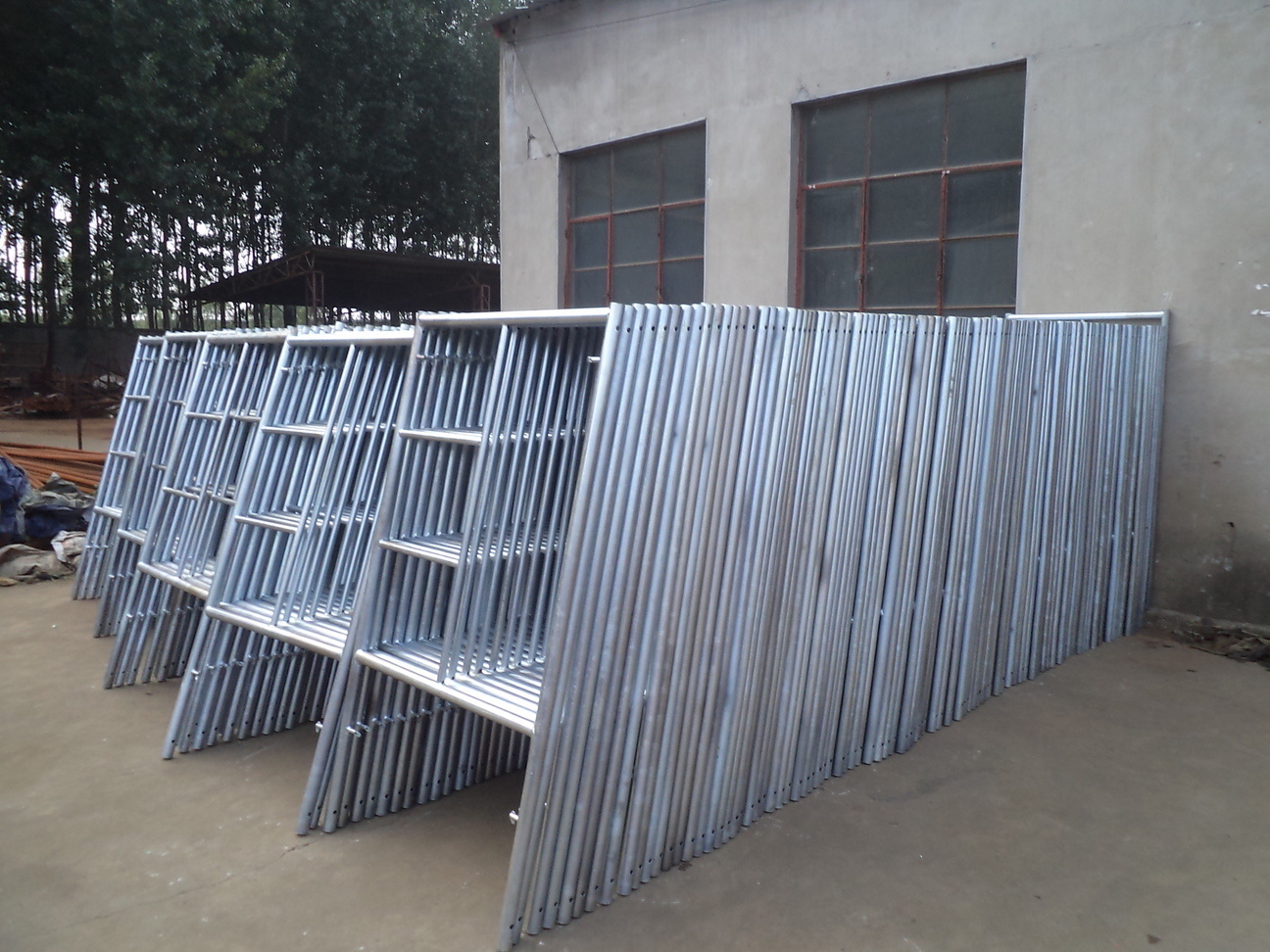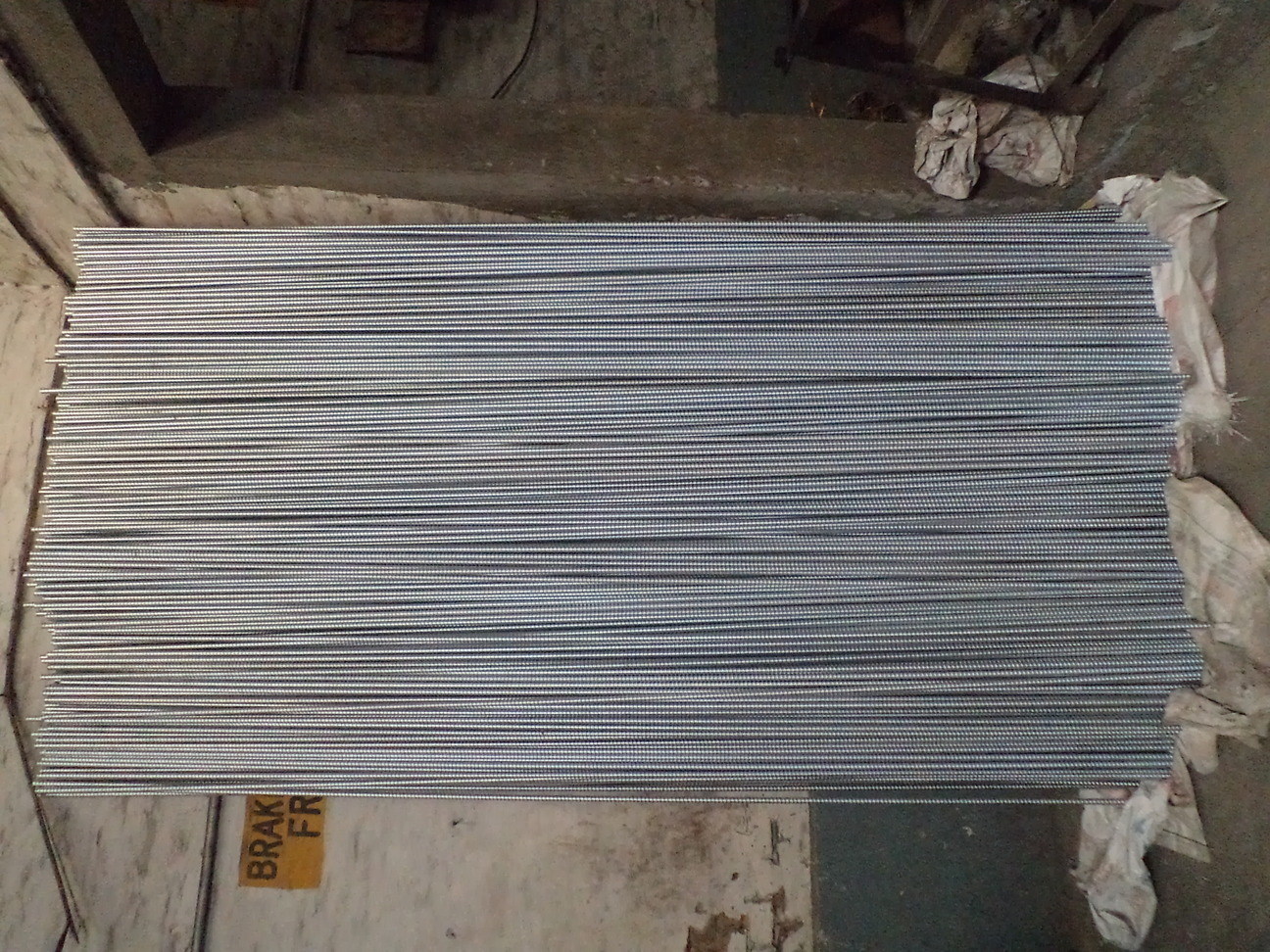Zinc Electroplating

Zinc coatings prevent oxidation of the protected metal by forming a barrier and by acting as a sacrificial anode if this barrier is damaged. Zinc oxide is a fine white dust that (in contrast to iron oxide) does not cause a breakdown of the substrate's surface integrity as it is formed. Indeed the zinc oxide, if undisturbed, can act as a barrier to further oxidation, in a way similar to the protection afforded to aluminum and stainless steels by their oxide layers.
The majority of hardware parts are zinc plated, rather
The majority of hardware parts are zinc plated, rather
than cadmium plated. Zinc electroplating is a
method of depositing zinc metal on the surface of another metal, such as steel, by immersing the fasteners
in an appropriate plating bath and applying electrical current. Zinc travels through the electrolytic bath from
the zinc anodes and attaches to the surface of the fastener. The thickness of zinc plating depends on the
time spent in the plating bath, the amount of current, and the chemical composition of the bath.





